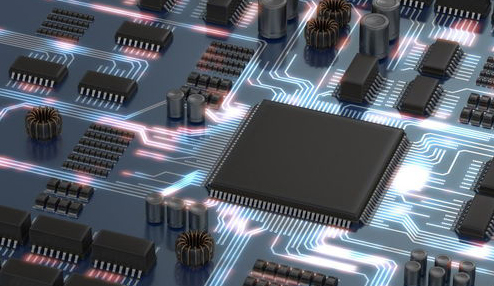What exactly is the "passive Internet of Things "?
Si Gyeongmin
Dec 15, 2022
The Internet of Things (IoT) is rapidly becoming an integral part of the modern world. It refers to a network of connected devices that can exchange data and are able to interact with one another. Passive IoT, also known as Device-to-Device (D2D) communication, is an extension of the IoT concept. Instead of actively interacting with the user, this technology facilitates communication between two or more devices in the same vicinity.
Passive IoT can be used in a variety of applications. For example, it can be used to streamline the industrial process by connecting machines to each other. Additionally, it can be used to enhance security systems by connecting security devices. Moreover, it can be used by wearable devices to detect environmental conditions and relay that data to external systems.
Overall, passive IoT devices are much more efficient than active IoT devices, as they operate without any direct input from the user. This allows for improved automation, greater efficiency, and more accurate data. Furthermore, passive IoT allows for improved scalability, flexibility, and cost-effectiveness. In addition, since the communication between devices occurs without user involvement, passive IoT devices can save energy and improve battery life.
To sum up, passive IoT is an emerging technology that holds immense potential in the realm of automated processes. By facilitating communication between devices, it can help optimize a variety of operational processes and make them more efficient. It also offers greater scalability and flexibility and can be used for a range of applications. With its numerous advantages, it is easy to see why passive IoT is becoming increasingly popular.


